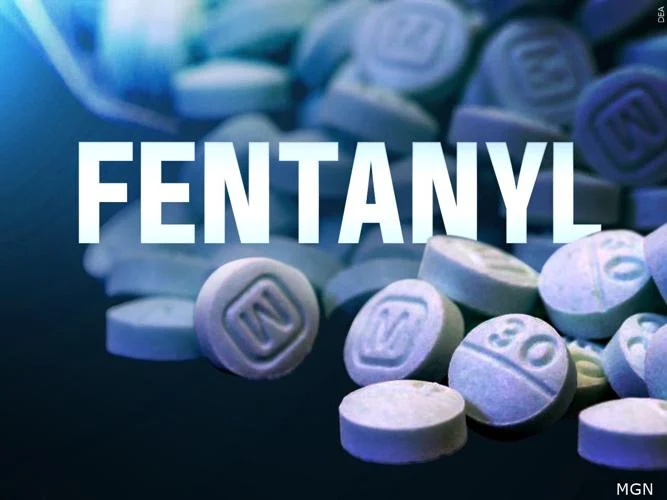Fentanyl is a synthetic opioid that is synthesized and typically created in a laboratory setting. The process of making fentanyl involves several steps, including obtaining the proper raw materials, synthesizing the drug, and purifying it.
The first step in making fentanyl is obtaining the proper raw materials, which typically include precursor chemicals such as N-phenethyl-4-piperidone (NPP) and 4-anilino-N-phenethyl-4-piperidine (ANPP). These precursor chemicals are then used to synthesize fentanyl through a series of chemical reactions. The specific methods used to synthesize fentanyl can vary depending on the manufacturer, but the process generally involves the use of solvents, catalysts, and other chemical reagents.
Once the fentanyl is synthesized, it is purified through a process known as chromatography. This involves separating the desired compound from any impurities that may have been produced during the synthesis process. The purified fentanyl is then typically crystallized and dried before it is packaged and distributed.
It’s important to note that the illegal production of Fentanyl is an extremely dangerous process and it is often made in illicit labs which can pose a significant risk to individuals who operate them and the surrounding communities. These labs could be a fire hazard and can release dangerous chemicals into the environment. Additionally, illegally produced Fentanyl could contain impurities or be mixed with other drugs which can increase the risk of overdose.


